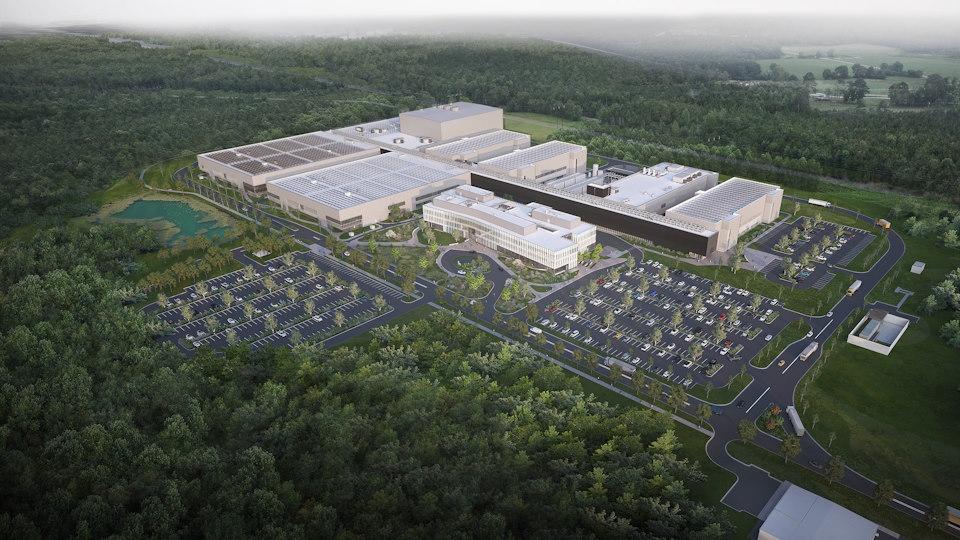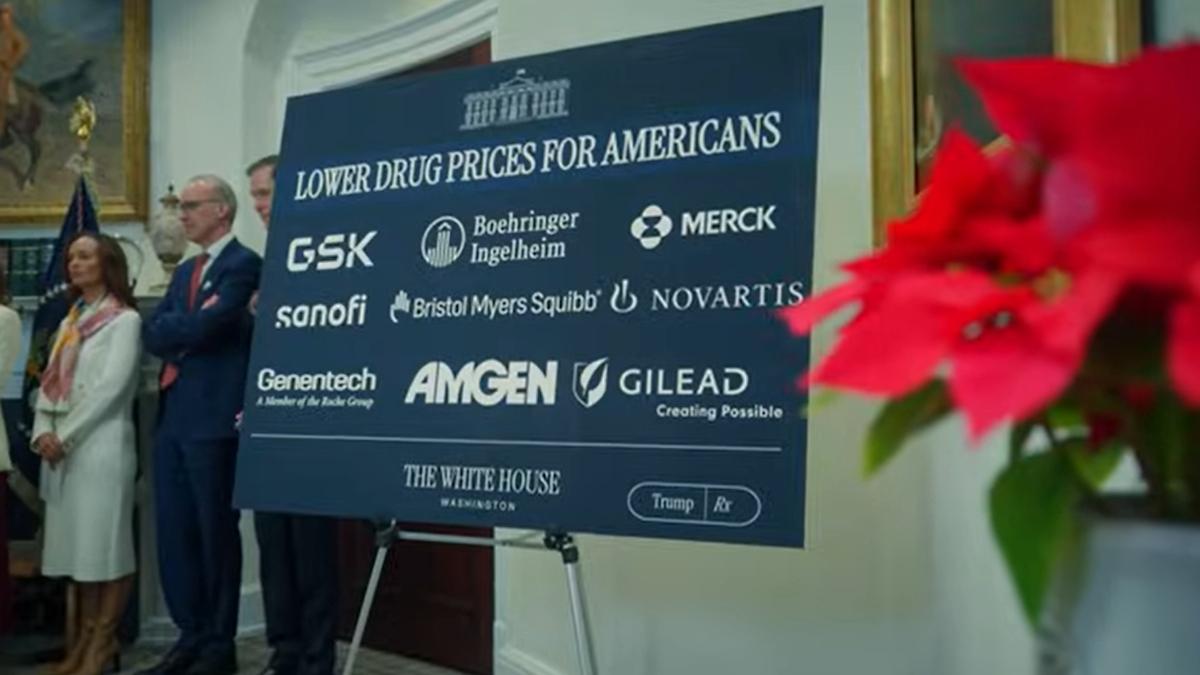Novo Nordisk pledges $4.1bn for US injectables plant

Novo Nordisk has gone up another gear in its drive to boost manufacturing capacity for its fast-growing GLP-1 agonist drugs, announcing plans to build a $4.1 billion fill-and-finish facility for injectables in North Carolina, US.
The new plant will be one of the largest manufacturing investments in Novo Nordisk’s history and will add 1.4 million sq ft of production space for aseptic manufacturing and finished production processes, It already has one fill-and-finish unit at the site, but the new one will double capacity and add 1,000 workers to its current headcount of 2,500 once up and running.
The pharma group has, however, abandoned a €2 billion plan to build a new plant in West Dublin, Ireland, and is withdrawing planning applications at the Grange Castle Business Park site it purchased from Alkermes last year.
In a statement, Novo Nordisk said that early clearing and foundational work is already underway and the construction will be completed sometime between 2027 and 2029. It also said the plans had swelled its 2024 capital investment in production to $6.8 billion, up from $3.9 billion last year.
The massive spend shows once again that Novo Nordisk is leaving nothing to chance when it comes to claiming its place in the market for GLP-1 drugs – used to treat diabetes, obesity, and other conditions like heart failure and kidney disease – as it tries to stay ahead of rivals like Eli Lilly.
Demand for its semaglutide-based therapies Ozempic for diabetes and Wegovy for obesity is still outstripping supply, fuelled by their ability to help patients shed weight quickly.
To respond, the company has already announced a new active pharmaceutical ingredient plant in Denmark, €2.1 billion in investments to expand production units in France, and an $11 billion deal that could see it take control of three fill-and-finish facilities from contract development and manufacturing organisation Catalent.
The Catalent transaction has, however, attracted the scrutiny of the US Federal Trade Commission (FTC), which asked for more information last month as it decides whether the deal would “substantially lessen” competition in the market.
“It took us a century to reach 40 million patients, but through this expansion and continued investment in our global production, we’re building Novo Nordisk’s ability to serve millions more people living with serious chronic diseases in the future,” said Lars Fruergaard Jørgensen, president and CEO of Novo Nordisk.
“This is yet another real signal of our efforts to scale up our production to meet the growing global need for our life-changing medicines and the patients of tomorrow.”
Meanwhile, Eli Lilly – which makes tirzepatide-based therapies Mounjaro for diabetes and Zepbound for obesity – has also embarked on a major manufacturing capacity expansion, announcing in May it would increase investment to more than $9 billion at sites in the US and Europe.
There’s a lot at stake. The GLP-1 agonist category has been predicted to reach a market value of $150 billion in 2030, according to analysts at Jefferies, and there is a long list of companies developing drugs to compete with the two market leaders.












